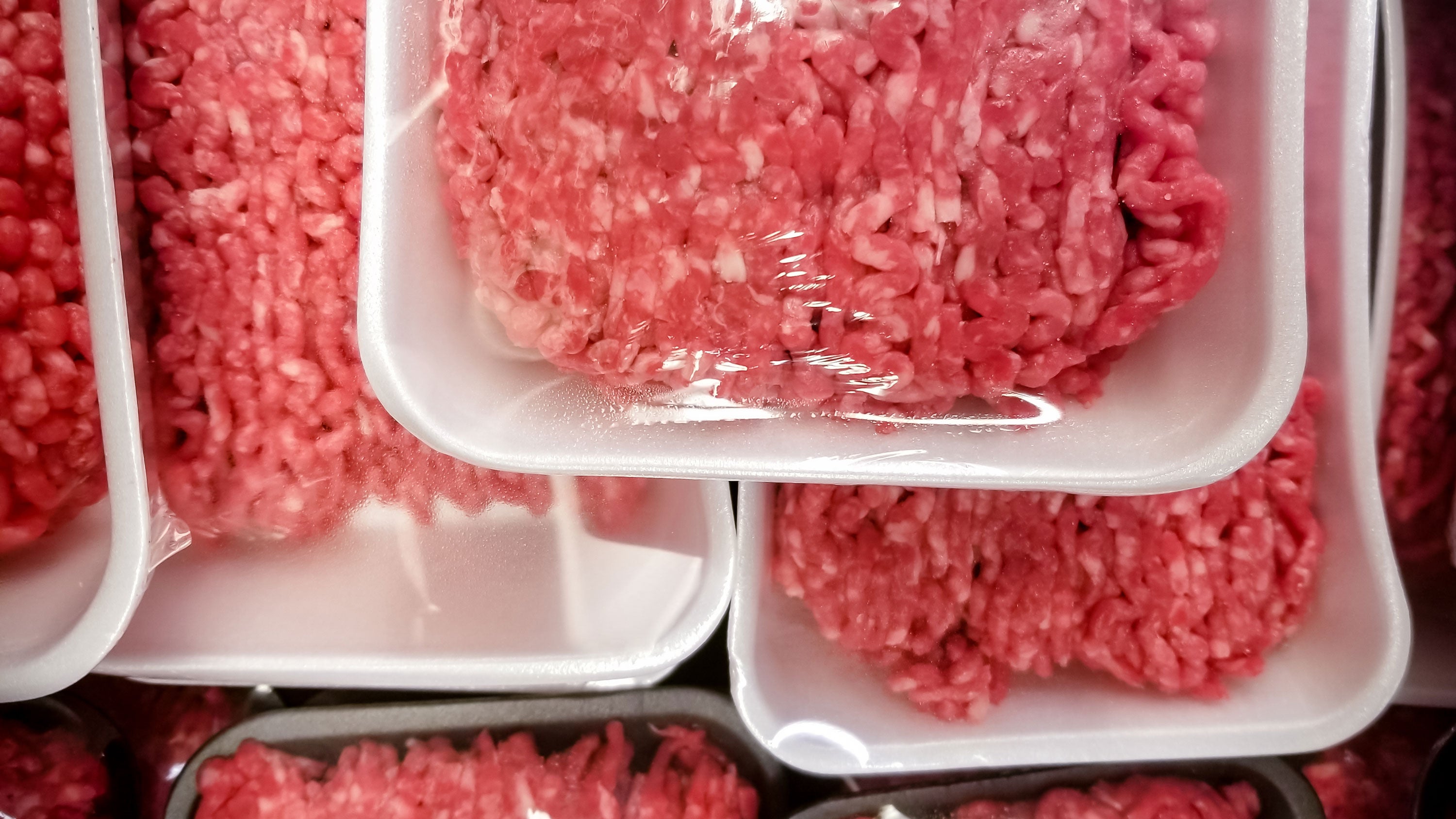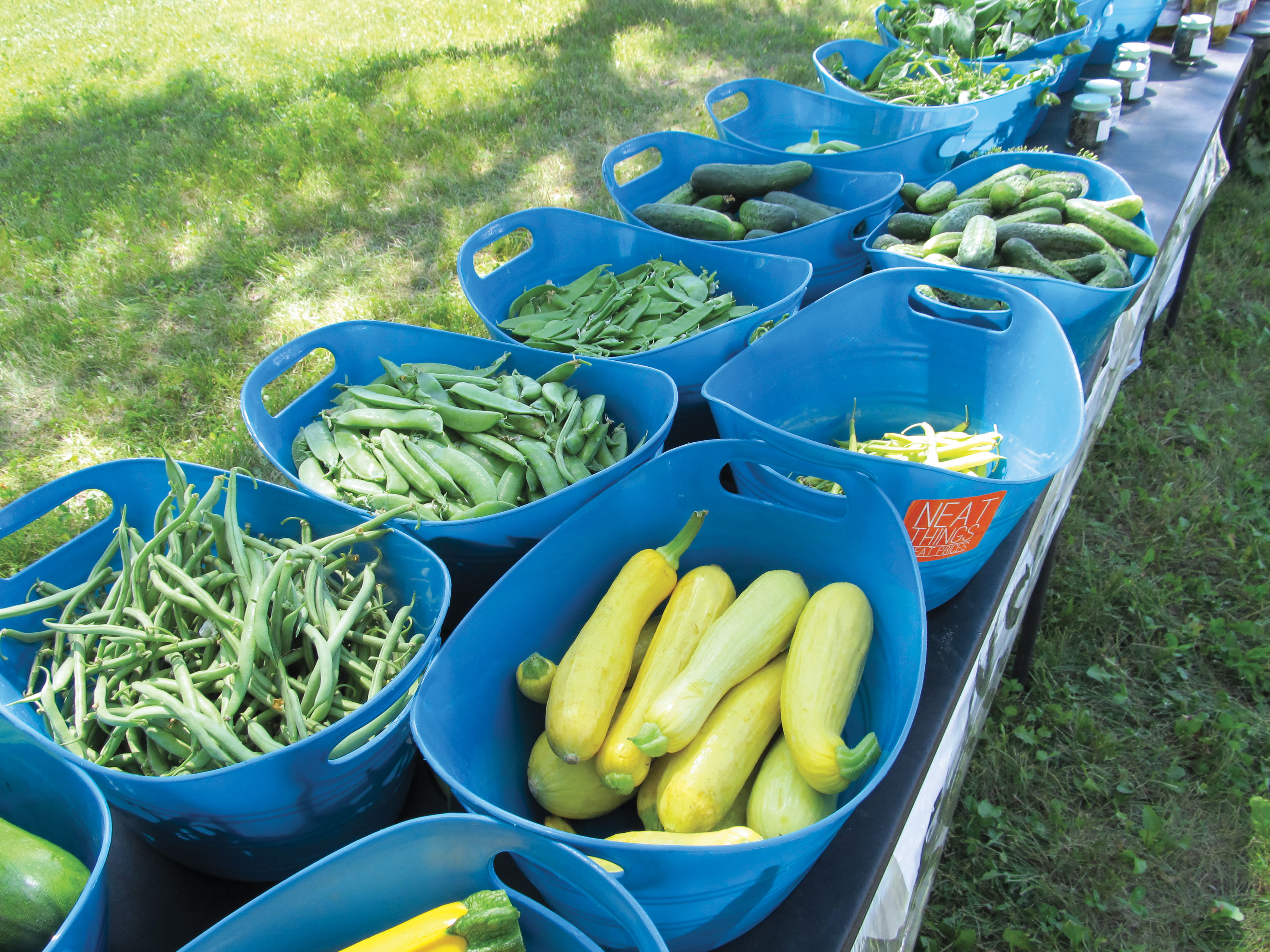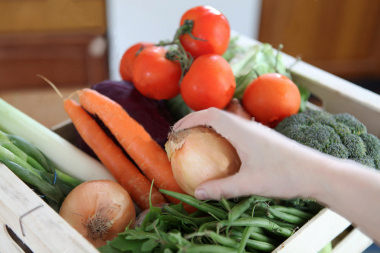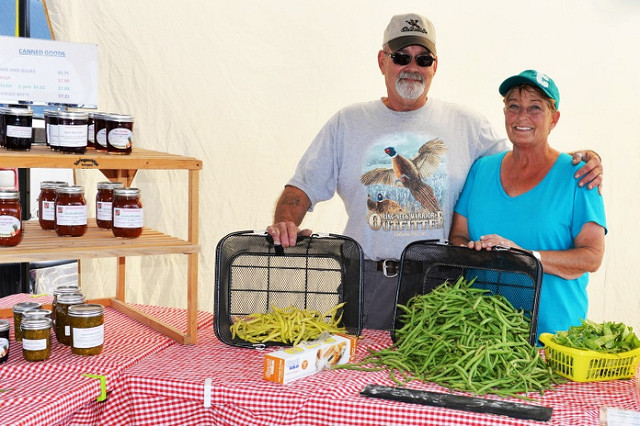Search

Poisonous Plants on Rangelands: Locoweed and Crazyweed
Locoweed and crazyweed are found throughout South Dakota rangelands, and both can cause livestock poisoning.The names locoweed and crazyweed are often used interchangeably. However, there are notable differences between the species.

Poisonous Plants on Rangelands: Woody Species
Several woody plant species that are poisonous to livestock are found throughout South Dakota rangelands, including ponderosa pine, chokecherry, greasewood and broom snakeweed.

Frequently Asked Questions (FAQs) About Serving Bison and Beef in USDA Child Nutrition Programs in South Dakota
This FAQ document provides responses to commonly asked questions about serving beef and bison in South Dakota Child Nutrition Program (CNP) meals and snacks.

‘Baa-d Cedars’ Field Day Examines Goat-Targeted Grazing on Cedars
September 17, 2021
South Dakota State University Extension invites the public to an interactive Eastern Red Cedar Management Field Day to see the impact goats can have in controlling the most widely distributed conifer across eastern North America.

Noxious Weeds of South Dakota
Pictorial reference guide of noxious weeds in South Dakota

Food Safety for Farmers Markets
Food safety bulletins for farmers markets and other direct marketing vendors

Ages & Stages in the Garden: Ages 9-11
When working with upper elementary youth in a garden consider their physical development and skill level as you develop learning activities. Nine to eleven year olds have better coordination and reaction time by this age, however sometimes dues to growth spurs there can be short-term issues with balance and coordination. Additionally, these children have more body strength and their hand dexterity has increased.

CSA Benefits: A Consumer Perspective
Community Supported Agriculture (CSA) programs can offer a wide variety of benefits to consumers.

Local Foods Legislation Introduced
Consumers who want to know more about where and how their food is raised are creating a bigger voice nationally. The increasing sales of local foods provides a bright spot for agriculture and a way to bring young farmers into agricultural production.

Community Gardens: Liability Insurance
Groups organizing a community garden often ask about liability insurance. They will typically consider getting a policy if they have an organization to protect, or as coverage for the landowner in case a participant is injured and elects to sue.